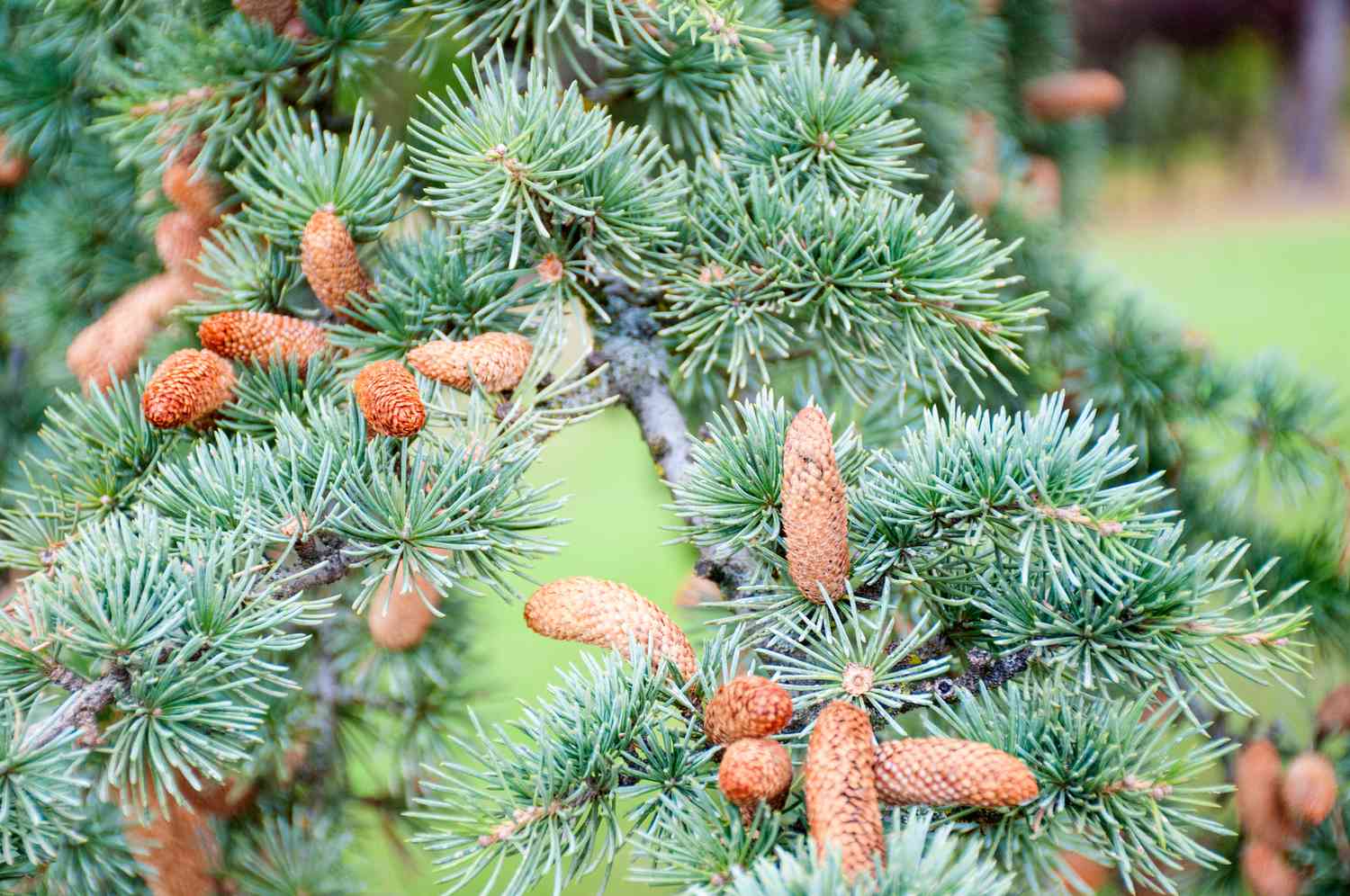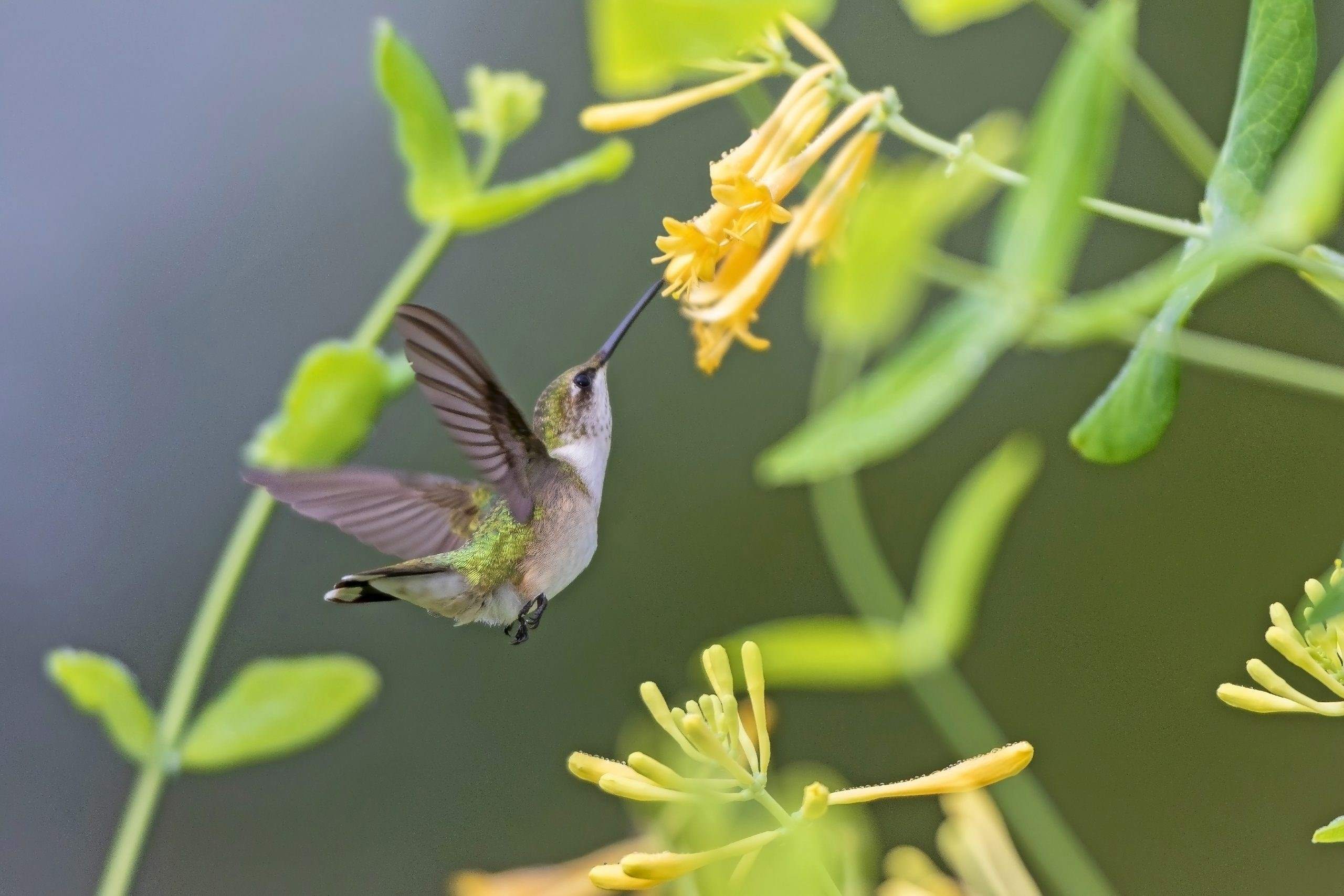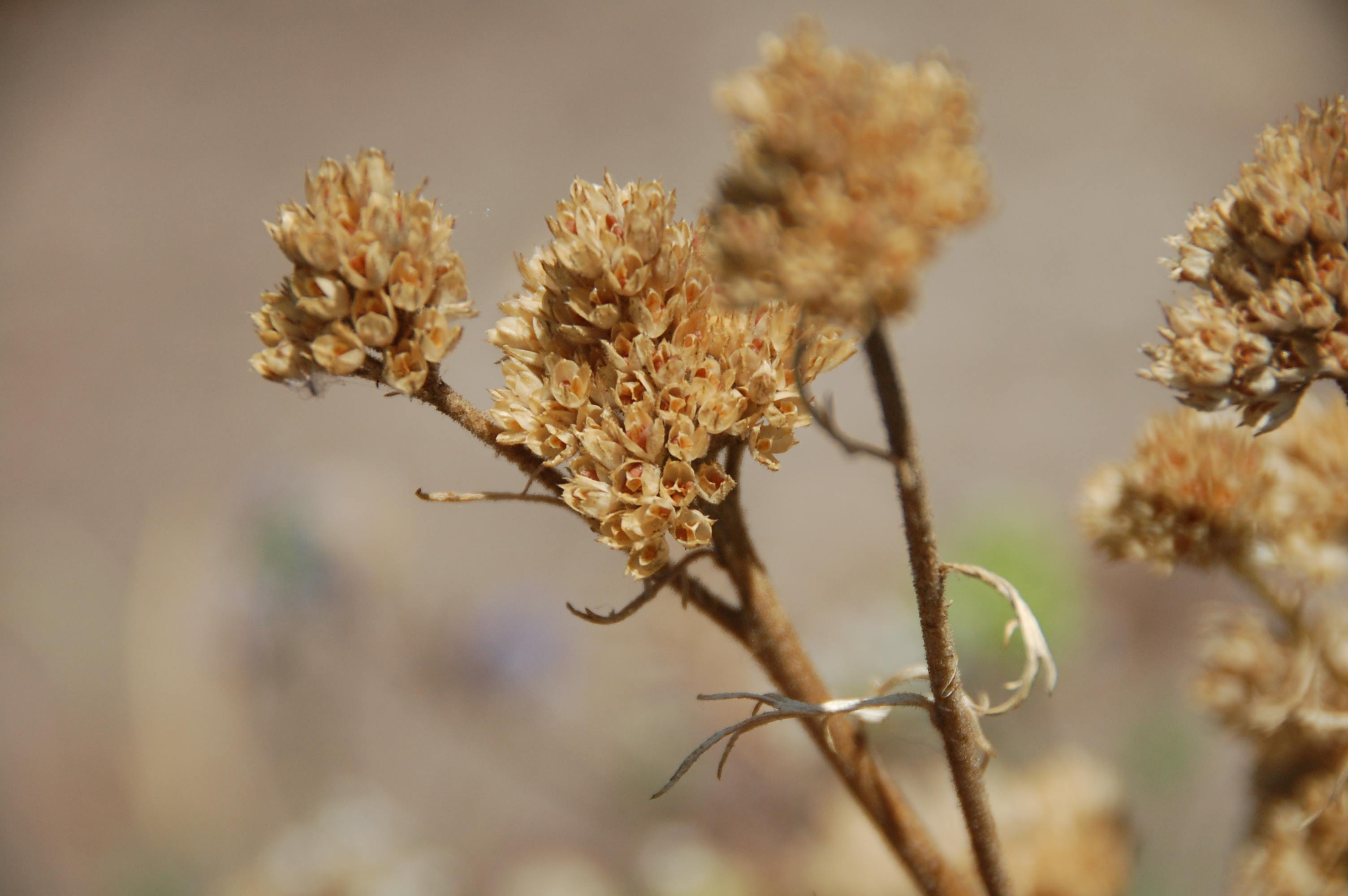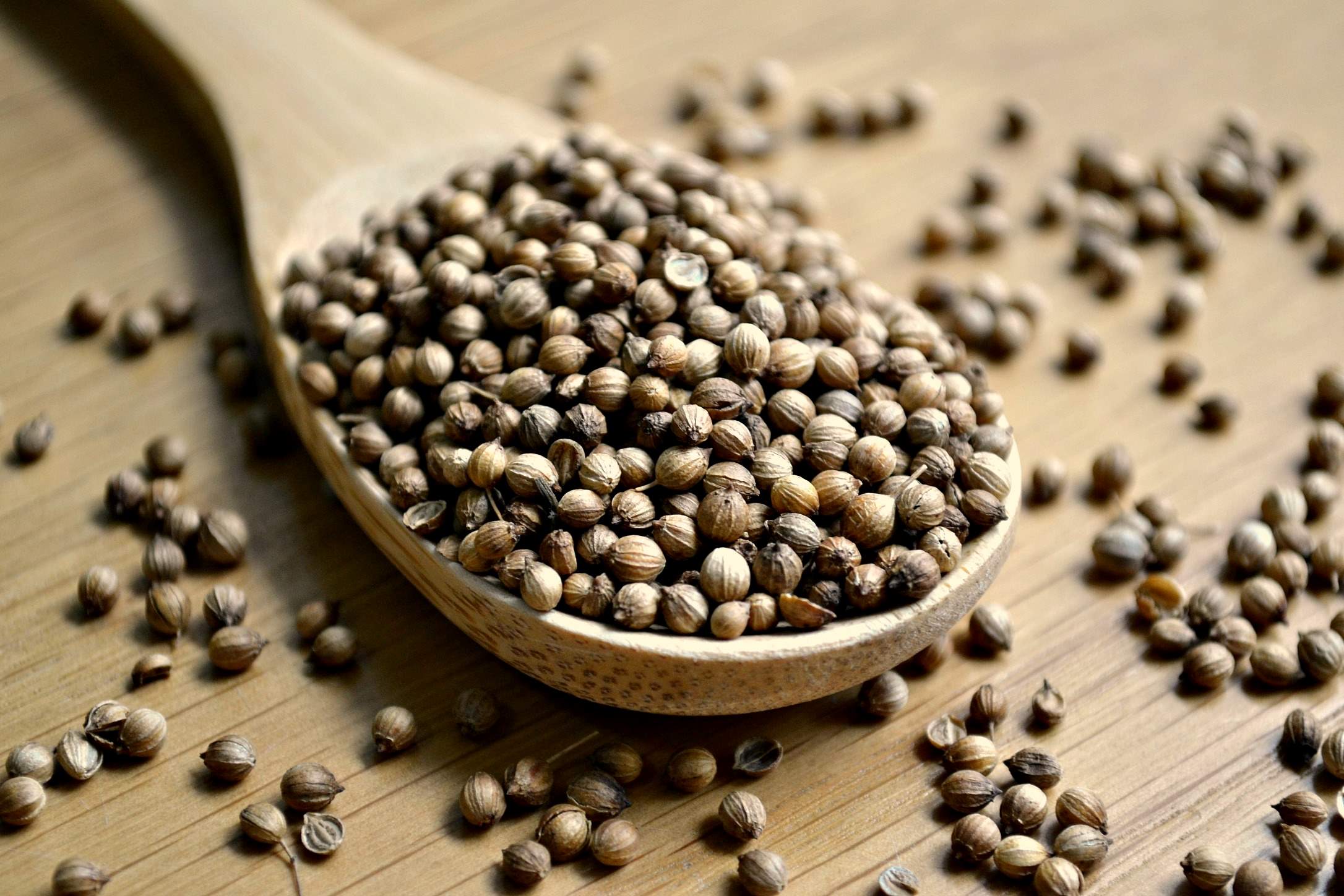Home>Gardening News and Trends>Latest News>What Do Insects Smell Like


Latest News
What Do Insects Smell Like
Published: December 9, 2023
Discover the Latest News on What Insects Smell Like - Unveiling the fascinating scents emitted by insects and their incredible olfactory systems. Explore the intriguing world of insect aromas.
(Many of the links in this article redirect to a specific reviewed product. Your purchase of these products through affiliate links helps to generate commission for Chicagolandgardening.com, at no extra cost. Learn more)
Table of Contents
- Introduction
- What is the sense of smell in insects?
- The importance of smell for insects
- Chemical communication among insects
- How do insects detect smells?
- The variety of scents insects can detect
- How do insects use their sense of smell for survival?
- Examples of insects that rely heavily on smell
- The future of understanding insect smell
- Conclusion
Introduction
From the delicate fragrance of a blooming flower to the pungent smell of rotting food, our sense of smell plays a crucial role in how we experience the world around us. But have you ever wondered how insects perceive and interpret scents? Insects, with their incredible diversity and abundance, have an extraordinary sense of smell that is vital to their survival.
Like humans and other animals, insects use their sense of smell, or olfaction, to navigate their environment, communicate with members of their species, find food, and avoid danger. However, what sets insects apart is the remarkable sensitivity and range of smells they can perceive.
In this article, we will delve into the intriguing world of insect olfaction, exploring how insects detect and interpret smells, the importance of smell for their survival, and the fascinating ways in which they use their sense of smell to communicate and interact with their environment.
Join us as we embark on a journey to unravel the secrets of what insects smell like and the impact it has on their daily lives.
What is the sense of smell in insects?
The sense of smell, scientifically known as olfaction, is a powerful tool that insects rely on for various essential functions. Insects possess unique olfactory systems that enable them to detect and process a wide range of chemical signals in their environment.
At the core of an insect’s olfactory system are specialized sensory organs called olfactory receptors. These receptors are located on the insect’s antennae, mouthparts, or other sensory appendages depending on the species. Each receptor is dedicated to detecting specific chemicals or classes of compounds, allowing insects to distinguish between different scents.
What sets insect olfaction apart from other animals is its incredible sensitivity. Insects can detect even the slightest traces of odors, often in concentrations far lower than what humans can perceive. Their finely tuned olfactory systems can pick up on a wide variety of scents, including the pheromones emitted by other insects, the scent of flowers, or the odor of decaying organic matter.
Furthermore, insect olfaction is not limited to simple detection. Insects can also discriminate between different scents and even recognize specific odors, enabling them to navigate towards food sources, locate potential mates, or avoid predators. This sophisticated olfaction system plays a crucial role in the survival and reproductive success of insects.
It is important to note that the range and effectiveness of an insect’s olfaction can vary depending on the species and its ecological niche. For example, species that rely heavily on finding food sources through scent detection, such as bees and butterflies, often have specialized olfactory adaptations that enhance their ability to locate nectar-producing flowers. On the other hand, insects that primarily rely on visual cues, like dragonflies, may have less developed olfactory systems.
In the next section, we will explore the crucial role that smell plays in the lives of insects and how they utilize this sense for various aspects of their survival and behavior.
The importance of smell for insects
The sense of smell is of paramount importance for insects, influencing nearly every aspect of their lives. From finding food and mates to avoiding predators and marking territory, smell plays a vital role in their survival and reproductive success.
One crucial function of smell in insects is the detection of food sources. Insects have an impressive ability to locate and identify suitable food by detecting the scents produced by plants or other organic matter. For example, bees are attracted to the sweet scent of nectar, guiding them to flowers for feeding. Similarly, carrion beetles can detect the odor of decaying flesh, allowing them to locate a potential food source. This olfactory-driven food search behavior is critical for insects to sustain their energy needs and ensure their growth and development.
In addition to finding food, insects also rely on their sense of smell to locate potential mates. Many insect species release pheromones, chemical signals that serve as a means of communication between individuals of the same species. By detecting and responding to these pheromones, insects can attract mates and initiate courtship rituals. The intricate dance of chemical communication through pheromones ensures successful reproduction and the survival of the species.
Moreover, smell plays a crucial role in guiding insects away from danger. For instance, the smell of certain predators or toxic plants can serve as a warning signal, prompting insects to flee and avoid potential harm. Insects that possess strong olfactory abilities can quickly detect and respond to these chemical cues, improving their chances of survival in a hostile environment.
Furthermore, smell also aids in establishing and marking territories. Insects often release odor cues to demarcate their space and ward off rivals. By detecting and interpreting these scent signals, insects can communicate their presence and avoid potentially aggressive encounters.
The importance of smell for insects extends beyond their individual lives. Insect pollinators, such as bees, rely on their olfactory senses to locate flowers and facilitate the transfer of pollen, playing a crucial role in plant reproduction and maintaining the ecosystem’s biodiversity.
In summary, the sense of smell is indispensable for insects, shaping their behavior, facilitating essential activities, and ensuring their survival and successful reproduction in their respective environments.
Chemical communication among insects
Chemical communication is a widespread phenomenon among insects, serving as a primary means of interaction and coordination within and between species. Through the release and detection of chemical signals, insects can convey information about their identity, reproductive status, territory, and even potential threats.
One of the most significant forms of chemical communication in insects is the use of pheromones. Pheromones are specific chemical substances produced by an individual insect that can trigger a response or behavior in another individual of the same species. These chemical signals are typically detected through the olfactory receptors on the antennae or other sensory structures of insects.
Pheromones can serve a variety of functions, such as attracting mates, marking trails, and signaling alarm or aggression. For example, female moths release sex pheromones to attract male moths from a distance, enabling successful mating. Ants utilize trail-marking pheromones to communicate food sources and guide nestmates towards them. In some cases, such as in bees and wasps, alarm pheromones are released when a threat is perceived, alerting nearby individuals to potential danger.
In addition to pheromones, insects also engage in other forms of chemical communication. For instance, some butterflies and ants engage in “trophallaxis,” which involves the exchange of food and regurgitated liquids among members of a colony or social group. This process promotes social bonding, allows sharing of nutrients, and helps maintain colony cohesion.
Chemical communication is not limited to within-species interactions. Insects can also receive chemical cues from other species, providing valuable information about their environment. For example, certain plants release volatile organic compounds (VOCs) that attract specific pollinators. In response to these scents, insects are guided to the flowers, promoting successful pollination.
Chemical communication among insects is a fascinating and intricate system that allows for efficient and precise coordination within and between species. It is a language that relies on the exchange and interpretation of chemical signals, ultimately shaping the behavior and social dynamics of insect communities.
How do insects detect smells?
Insects have developed remarkable mechanisms to detect and process smells in their environment. Their ability to detect odors relies on specialized sensory structures and intricate neural pathways dedicated to olfaction.
The primary sensory organ involved in detecting smells in insects is the antennae, although in some cases, other body parts such as mouthparts or legs may also play a role. The surface of the antennae contains thousands of tiny sensory hairs or sensilla, each equipped with olfactory receptors.
These olfactory receptors are highly specific and can detect a wide range of odorous molecules. When an odor molecule reaches the sensilla on the antennae, it binds to the corresponding receptor, triggering a chemical signal that is transmitted to the insect’s brain for processing.
Insects have an astonishing number of olfactory receptors, far surpassing the number found in humans and other mammals. This diversity of receptors allows insects to detect and discriminate between an extensive array of scent molecules.
Furthermore, insects have developed a sophisticated system to amplify and enhance their olfactory capabilities. For example, some insects have unique structures, called pheromone-binding proteins, that help concentrate and transport specific pheromones to olfactory receptors, thereby increasing their sensitivity to these crucial chemical signals.
Once the scent molecules bind to the olfactory receptors on the sensory hairs, the insect’s brain processes this information, allowing for the interpretation and response to different scents. It is worth noting that different areas of the insect brain are dedicated to processing specific odor information, ensuring the precise decoding of various smells.
In addition to detecting odor molecules, insects can also sense other chemosensory cues, such as humidity or temperature changes, through specialized receptors. These additional sensory cues further contribute to their ability to navigate their environment and locate food sources.
Overall, insects have developed highly specialized structures and neural networks to detect smells in their environment. Their intricate olfactory systems enable them to perceive and interpret a vast range of scents, playing a critical role in their survival, communication, and overall ecological success.
The variety of scents insects can detect
Insects have an extraordinary ability to detect a wide variety of scents, enabling them to navigate their environment, find food, locate mates, and communicate with one another. The range of scents that insects can detect is incredibly diverse and includes both natural and synthetic odors.
One of the primary scents that insects can detect is the floral scent produced by flowers. The volatile compounds released by flowers serve as attractants for pollinators, such as bees, butterflies, and moths. Each flower species has its unique scent profile, specifically tailored to attract pollinators that are best suited for its pollination needs.
Insects are also highly sensitive to the scents emitted by different types of organic matter. They can detect the odors of decaying fruits, rotting plants, and dead animals. These scents help insects locate potential food sources or breeding sites. For instance, flies are attracted to the scent of decomposing organic matter, which serves as a source of nutrition for their larvae.
Pheromones, the chemical signals emitted by insects to communicate with each other, are another important category of scents. Insects produce a wide range of pheromones, each serving a specific purpose. Sex pheromones are used to attract mates, while alarm pheromones signal danger or aggression. These pheromones are incredibly powerful, capable of guiding insects to their intended targets even at low concentrations.
Insects can also detect scents associated with their predators or potential threats. They have developed the ability to sense danger through the detection of chemical cues released by predators or the scents associated with injured or diseased individuals. These scents trigger defensive responses, allowing insects to avoid harmful situations or predators.
Furthermore, insects can detect scents associated with specific habitats or microenvironments. Scents associated with water sources can guide mosquitoes to potential breeding sites, while certain cues help ants navigate their intricate network of trails. Additionally, some insects are capable of detecting the scents emitted by specific host plants, allowing them to locate suitable sites for oviposition.
In recent years, scientists have also studied the impact of anthropogenic scents on insect behavior. Insects can detect and respond to synthetic chemicals found in pesticides, insecticides, and other human-made substances. These scents can disrupt their natural behavior and interactions, affecting their foraging patterns, reproductive success, and overall population dynamics.
The variety of scents that insects can detect is truly remarkable, highlighting their remarkable olfactory systems and their capacity to navigate and thrive in diverse environments.
How do insects use their sense of smell for survival?
The sense of smell plays a vital role in the survival of insects, influencing their behavior and allowing them to navigate their environment effectively. Insects utilize their olfactory abilities for various essential functions, ensuring their feeding, reproduction, and protection.
One of the crucial ways in which insects use their sense of smell is for finding food sources. Insects can detect the scents of flowers, decaying organic matter, or specific chemicals associated with their preferred food sources. This enables them to locate food, ensuring their energy requirements are met for growth, development, and reproduction. For example, mosquitoes rely on the scent of carbon dioxide to locate potential hosts for blood meals.
Insects also rely on their sense of smell for reproductive purposes. Many insect species release pheromones, chemical signals that attract potential mates. By detecting and responding to these pheromones, insects can find appropriate partners for mating, ensuring successful reproduction and the continuation of their species. The complex dance of courtship and attraction driven by scent is a critical aspect of insect reproduction.
In addition to finding food and mates, insects utilize their sense of smell to avoid predators or other threats. They can detect the scents produced by predators, such as birds or lizards, and take evasive action to minimize the risk of predation. Some insects even have alarm pheromones that they release in the presence of danger, alerting nearby individuals to the potential threat. This rapid response helps them to escape and survive.
Insects also use their sense of smell for establishing and defending territories. They mark their territories with scent signals, either through pheromones or other chemical cues. This marking behavior helps deter intruders and rivals, reducing the likelihood of conflict and ensuring access to essential resources.
Furthermore, insects can use their sense of smell to navigate their environments and find suitable habitats. They can detect the scents associated with specific host plants, water sources, or breeding sites. This enables them to locate optimal locations for oviposition, ensuring the survival of their offspring.
Overall, the sense of smell is vital for insect survival. It helps them find food, locate mates for reproduction, avoid predators, mark territories, and navigate their surroundings. Insects have honed their olfactory abilities to effectively utilize scent information, a skill that contributes to their remarkable success and proliferation in diverse ecosystems.
Examples of insects that rely heavily on smell
Many insects heavily rely on their sense of smell for various aspects of their survival and behavior. Let’s explore some examples of insects that have evolved remarkable olfactory abilities to navigate their environment and fulfill their essential needs.
1. Honeybees (Apis mellifera): Honeybees are well-known for their intricate dance of communication, which allows them to share information about rich nectar sources. The worker bees, upon discovering a plentiful food source, return to the hive and perform a “waggle dance,” relaying specific information about the location and quality of the food. This dance is guided by their sense of smell and helps the entire colony efficiently gather nectar and pollen for survival.
2. Butterflies and moths: These insects have a remarkable sense of smell, enabling them to locate suitable host plants for laying their eggs. For example, the monarch butterfly (Danaus plexippus) can detect the scent of milkweed plants, which are essential for its caterpillars’ survival. Additionally, moths, particularly those that are nocturnal, rely heavily on pheromones to find mates in their dark and vast habitats.
3. Ants: Ants have a highly developed sense of smell, which they utilize for multiple purposes. They use pheromones to communicate and coordinate tasks within their colonies, such as trail marking to guide foragers towards food sources. Ants also release alarm pheromones in response to danger, alerting their colony members and triggering defensive behaviors.
4. Bombardier beetles (Family: Carabidae): These incredible insects have a unique defense mechanism. When threatened, they release a volatile and pungent chemical spray from specialized glands, which deters predators. The beetle’s ability to accurately aim and discharge this spray is guided by its sense of smell, allowing it to protect itself effectively.
5. Bed bugs (Cimex lectularius): Bed bugs rely heavily on their sense of smell to locate their human hosts. They are attracted to the carbon dioxide, warmth, and specific odorants emitted by humans. Bed bugs use these olfactory cues to find suitable hiding spots, such as beds and furniture, where they can feed on their hosts’ blood.
6. Beetle pollinators: Certain species of beetles, such as the scarab beetles and longhorn beetles, play a vital role in pollination. These beetles rely on their sense of smell to locate flowers with strong scents or produce chemical signals that attract them. By visiting flowers and transferring pollen, these beetles contribute to plant reproduction and the maintenance of biodiversity.
These examples emphasize the diverse ways in which insects rely heavily on their sense of smell to fulfill crucial aspects of their lives. Their olfactory abilities have evolved to match their specific ecological needs, allowing them to thrive and adapt in their respective habitats.
The future of understanding insect smell
As scientists continue to explore the fascinating world of insect olfaction, our understanding of how insects perceive and interpret scents is continually evolving. Ongoing research in this field holds great potential for unraveling the intricacies of insect smell and discovering new applications that can benefit various disciplines.
One area of future research is focused on understanding the molecular basis of insect olfaction. Scientists are delving deeper into the mechanisms underlying odor detection, receptor specificity, and signal transduction in insects. By studying the genes and proteins involved in insect olfaction, researchers can gain valuable insights into the intricate workings of their olfactory systems.
Advancements in technology, such as high-throughput gene sequencing and the development of genomic tools, are revolutionizing our ability to study insect smell. These tools enable researchers to investigate the olfactory capabilities of a wide range of insect species, including those that have been historically challenging to study due to their small size or limited availability.
Understanding the role of smell in insect behavior and ecology is another frontier of research. Scientists are exploring how scents influence mating choices, foraging patterns, and interactions within and between species. By unraveling these complex relationships, we can gain a better understanding of insect communities and the ecological processes in which they are involved.
Additionally, researchers are exploring the potential applications of insect olfaction in various fields. For example, the insect-inspired development of highly sensitive and selective odor sensors can have significant implications in environmental monitoring, agriculture, and medical diagnostics. Harnessing the extraordinary olfactory abilities of insects can provide valuable insights and solutions to a range of challenges.
Furthermore, studying the impact of anthropogenic scents on insect behavior and ecology is an emerging area of research. Understanding how synthetic chemicals, such as pollutants or pesticides, affect insect olfaction can aid in developing mitigation strategies to minimize their harmful effects on insect populations and ecosystems.
The future of understanding insect smell is promising, with ongoing research shedding light on the complexities of their olfactory systems and their ecological significance. By delving deeper into this captivating field, we can attain a more comprehensive understanding of the fundamental processes that shape the lives of insects and how they navigate and interact with the natural world.
Conclusion
The sense of smell is a remarkable and essential sense for insects, shaping their behavior, guiding their interactions, and ensuring their survival in diverse ecosystems. Insects have developed sophisticated olfactory systems that enable them to detect and interpret a wide range of scents, from floral fragrances to predator cues, and chemical signals emitted by their own species.
Through their sense of smell, insects can find food sources, locate mates, mark territories, communicate with their colony or social group, and navigate their environments effectively. Their olfactory abilities are finely tuned, allowing them to detect even the faintest odor molecules and perceive an incredible diversity of scents.
Examples of insects that heavily rely on their sense of smell abound, such as honeybees that communicate through intricate dances, butterflies that locate specific host plants, and ants that coordinate tasks within their colonies. These examples illustrate the immense value of olfaction in guiding their behavior and ensuring their survival.
While our understanding of insect smell has come a long way, there is still much to uncover. Ongoing research into the molecular basis of olfaction, the intricacies of chemical communication, and the ecological relevance of scents in insect communities continually expand our knowledge.
Furthermore, the future of understanding insect smell holds great potential. Advancements in technology and the application of insect-inspired innovations can lead to exciting discoveries and practical applications in various fields, including environmental monitoring, agriculture, and medical diagnostics.
As we delve deeper into the captivating world of insect olfaction, we gain a greater appreciation for the remarkable adaptations and sensory capabilities of these small but vital creatures. Understanding and respecting the role of smell in insect lives can foster a deeper understanding of their ecological importance and enhance our efforts towards their conservation and coexistence.









